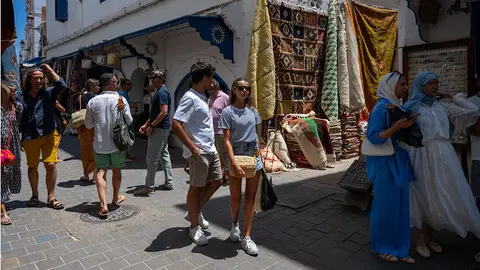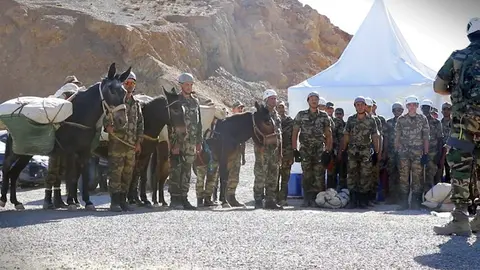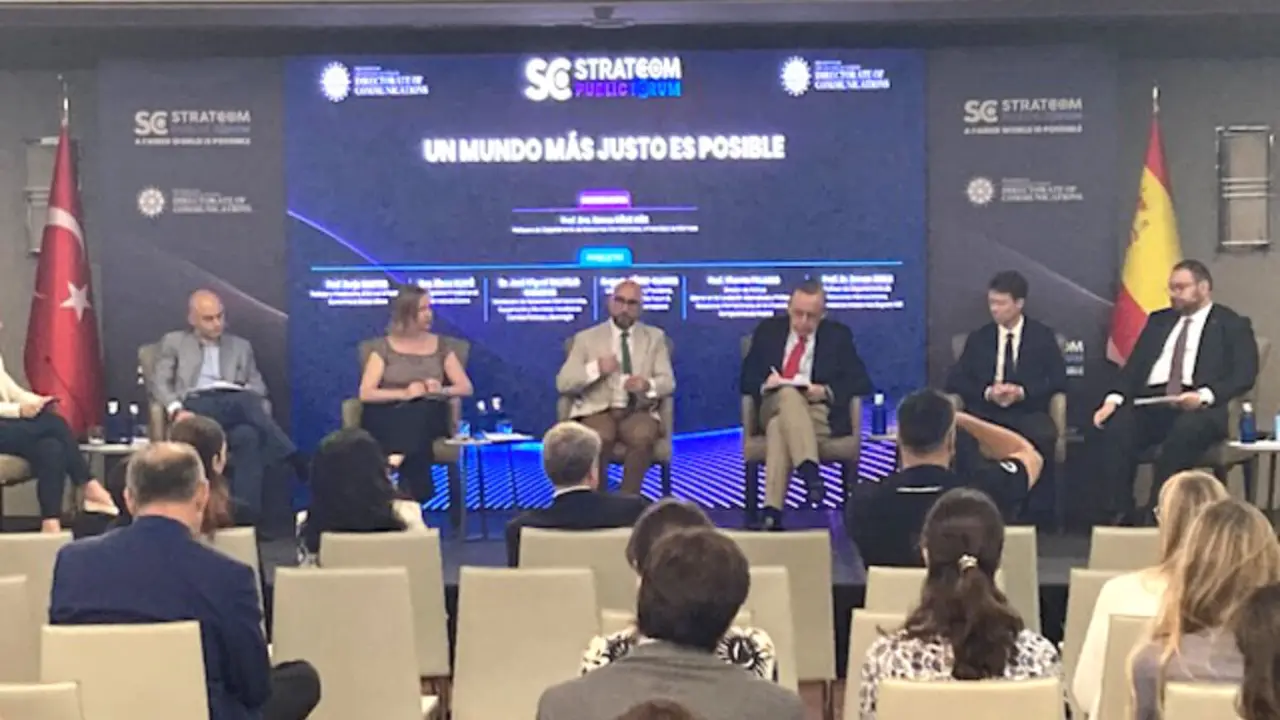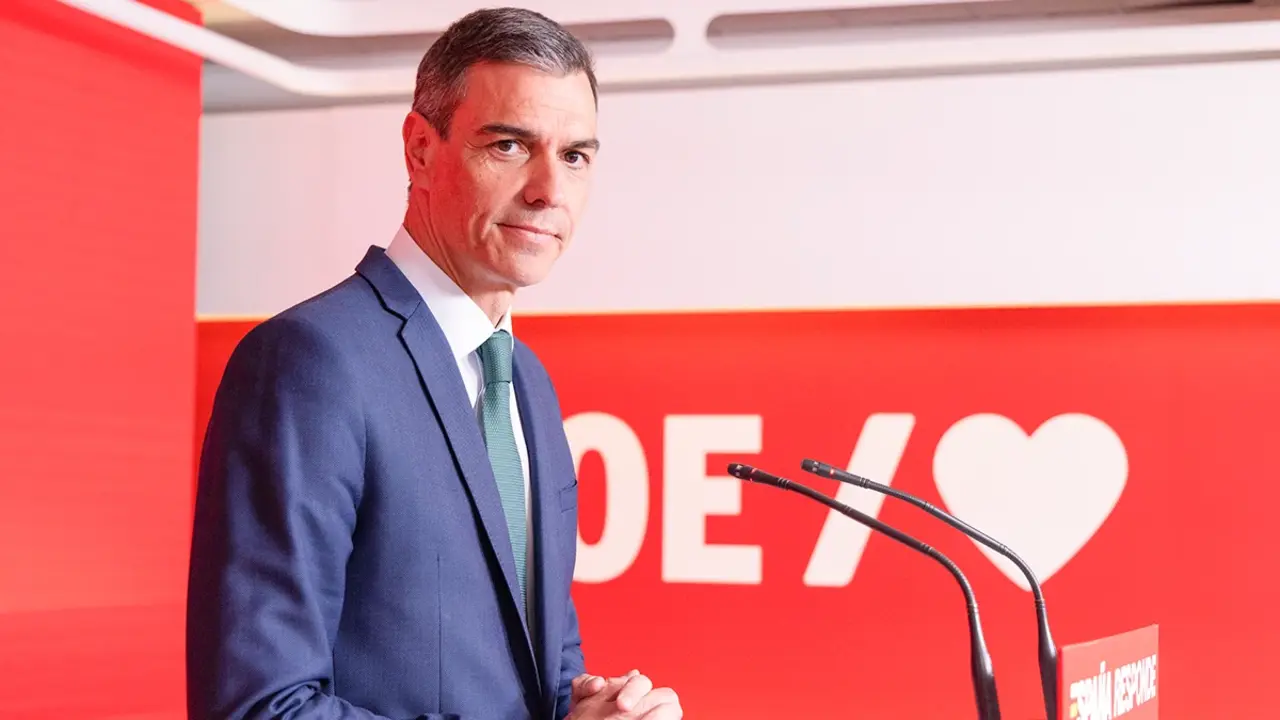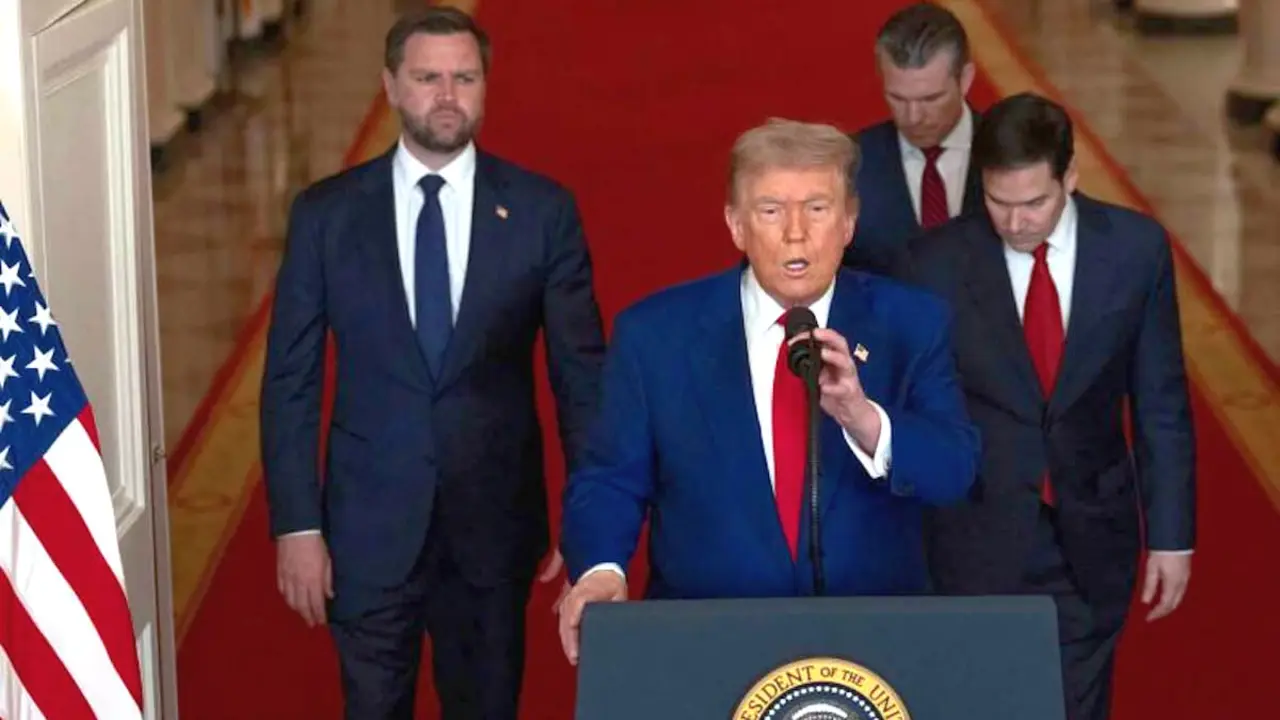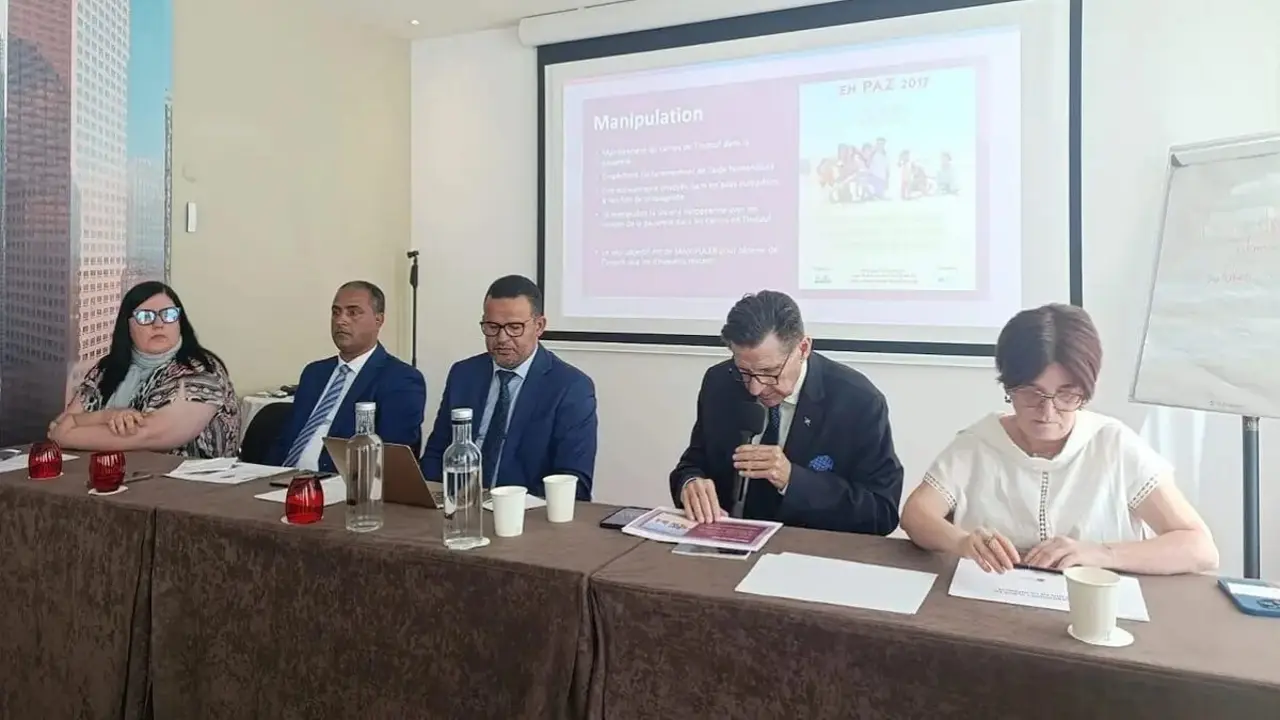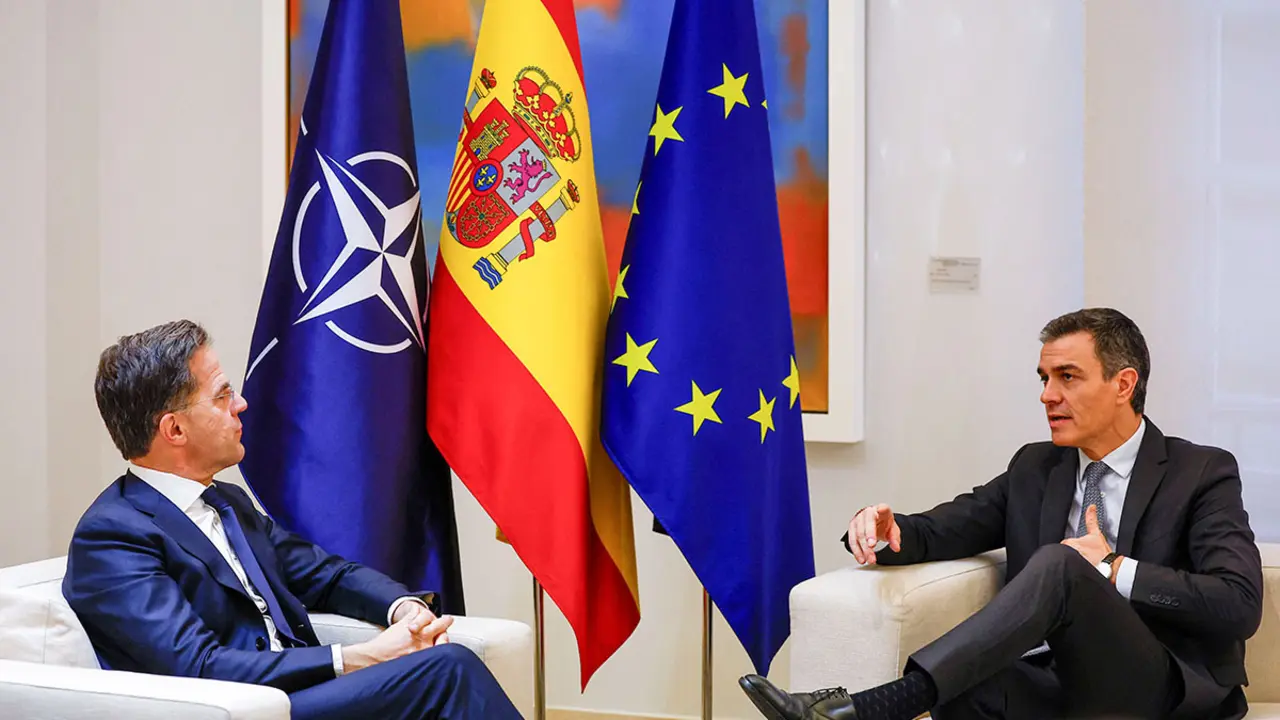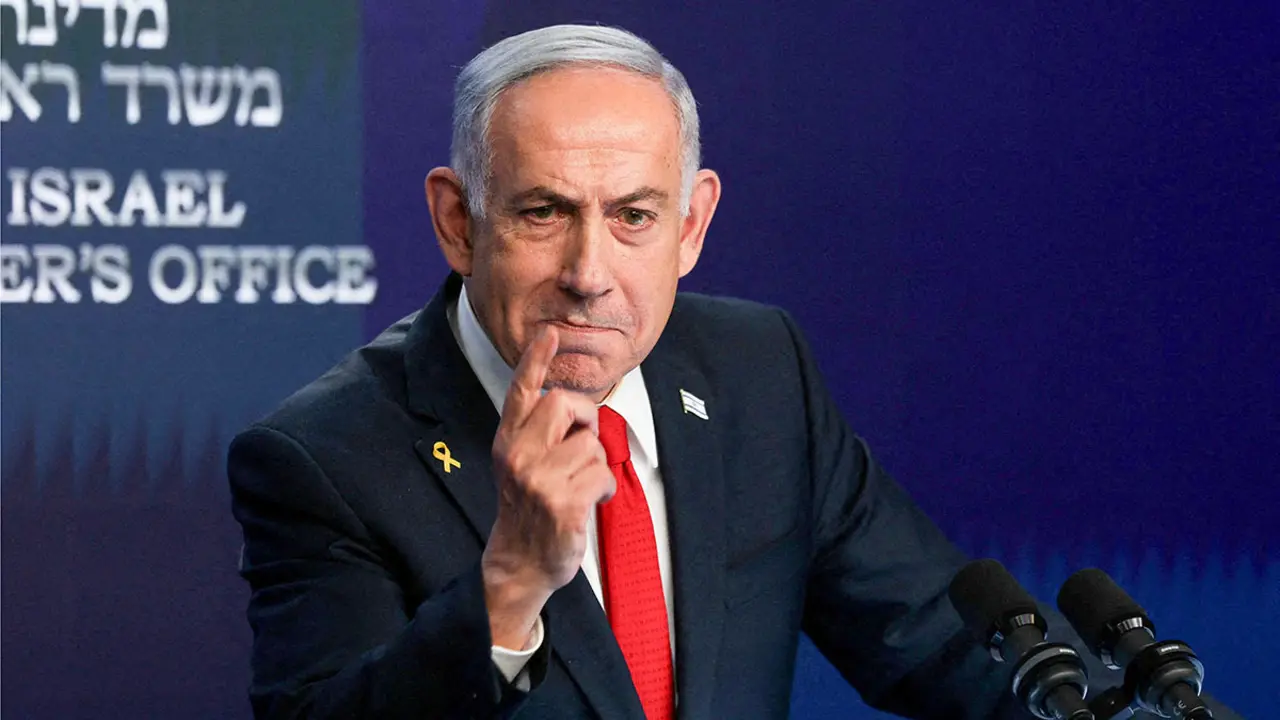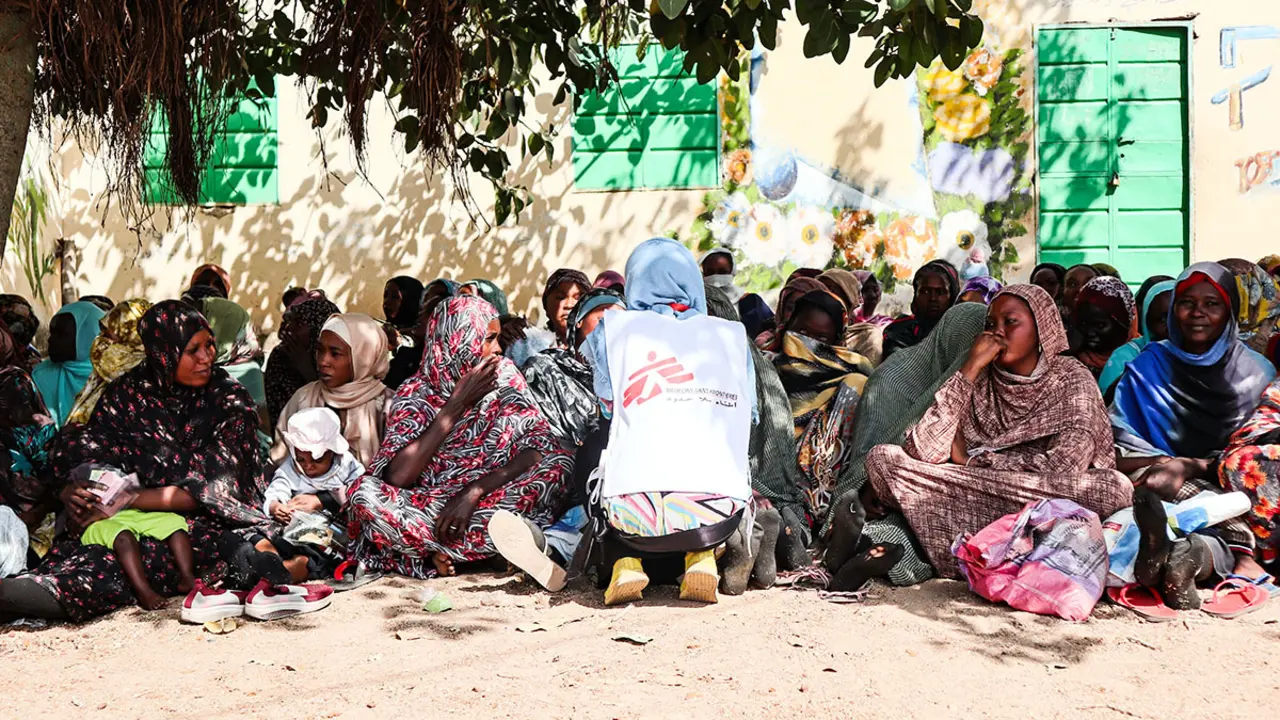Morocco is working hard on the reconstruction of the regions hit by the earthquake

Morocco is still recovering from the terrible earthquake of 8 September that shook several important enclaves such as Al-Haouz, Marrakech, Taroudant, Chichaoua, Ouarzazate and the High Atlas Mountains in general, a mountainous area that is difficult to access.
The earthquake was devastating and left around 3,000 people dead and more than 5,600 injured, as well as a great deal of personal property damage and a number of infrastructures badly affected.

King Mohammed VI, who shortly after the earthquake took place took the lead in the work sessions to coordinate the rescue of victims and emergency work, chaired a working meeting at the Royal Palace in Rabat on Wednesday devoted to the reconstruction and general improvement of the devastated areas, as reported by the official Moroccan news agency MAP. The working meeting was attended by Prime Minister Aziz Akhannouch, Advisor to His Majesty the King Fouad Ali El Himma, Interior Minister Abdelouafi Laftit, Minister of Endowments and Islamic Affairs Ahmed Toufiq, Minister of Economy and Finance Nadia Fettah, Minister of National Planning, Urban Planning, Housing and Urban Policy, Fatima Ezzahra El Mansouri, the Minister Delegate to the Minister of Economy and Finance in charge of the Budget, Fouzi Lekjaa, as well as Lieutenant General Mohammed Berrid, Inspector General of the Royal Armed Forces and Commander of the Southern Zone.
"This new working session is an extension of the High Directives given by the Sovereign at the meetings of September 9 and 14, which laid the groundwork for a thoughtful, integrated and ambitious programme aimed at providing a strong, coherent, rapid and proactive response," according to official state information.

The estimated budget for the rehabilitation programme is 120 billion dirhams (around 11 billion euros) over a five-year period. According to the MAP agency, the first version of the integrated, multi-sectoral programme presented to the Alawite sovereign covers the six provinces and prefectures affected by the earthquake (Marrakech, Al-Haouz, Taroudant, Chichaoua, Azilal and Ouarzazate), targeting a population of 4.2 million.
الملك محمد السادس يترأس جلسة عمل، هي الثالثة، حول إعادة إعمار المناطق المتضررة من الزلزال
— TheMoroccanMonarchy (@M_RoyalFamily) September 20, 2023
HM the King Mohammed VI chaired a working session devoted to the reconstruction and general upgrading program for the regions hit by the earthquake pic.twitter.com/II3rvCkIdv
The programme is aimed at rebuilding housing and rehabilitating and improving infrastructure, following the emergency plan drawn up at the inter-ministerial meeting chaired by King Mohammed VI on 14 September. All of this is aimed at the social and economic development of the most affected areas.

The programme is structured as follows:
- Resettlement of the victims of the natural disaster, reconstruction of housing and rehabilitation of infrastructures.
- Improvement of the territories and access to them.
- Accelerating the reduction of social deficits, particularly in the mountainous areas affected by the earthquake.
- The promotion of economic activity and job creation, as well as support for local social initiatives.
The programme also includes, on the instructions of the Alawi monarch, the creation in each affected area of a large platform of basic necessities, such as tents, blankets, beds, medicines, food, etc., in order to be able to cope with possible natural disasters.

King Mohammed VI also instructed the Moroccan government led by Aziz Akhannouch to attend to the specific needs of each region, according to their particular needs. The aim is to achieve the objective of this programme of reconstruction and general improvement of the disaster-stricken regions quickly, efficiently, rigorously and with convincing results, so that it becomes a model of integrated and balanced territorial development, as reported by the MAP agency.
The programme will be financed by appropriations allocated from the general state budget, by contributions from local authorities and from the Special Solidarity Account opened by the Executive to deal with the effects of the earthquake, as well as by special donations and aid from international cooperation.

King Mohammed VI also ordered the Hassan II Fund, dedicated to the implementation of charitable socio-economic projects, to allocate 2 billion dirhams (just over 180 million euros) to finance the reconstruction programme.

